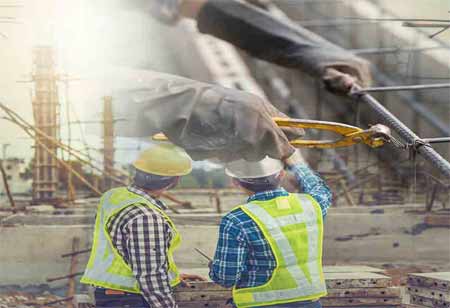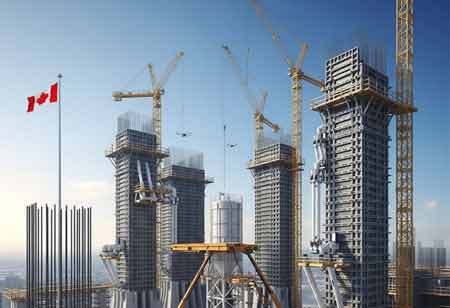Thank you for Subscribing to Construction Business Review Weekly Brief
Specials
- Apartment and Condominium Contractors Canada
- Decking Canada
- Architectural Glass Europe
- MEP APAC
- Construction Saudi Arabia
- German Apartment and Condominium Contractors
- Construction Law APAC
- Outdoor Construction
- Foundation Construction Canada
- MEP Canada
- Kitchen and Bath
- Cold Storage Construction APAC
- Precast Concrete Europe
- Construction Staffing Europe
- Pre-Construction Services
- Flooring System APAC
- Scaffolding Canada
- Swimming Pool Construction Canada
- Construction Management Canada
- Cold Storage Construction Canada
- Flooring Systems Europe
- Residential Construction
- Concrete Canada
- Construction Cladding Europe
- Construction Cladding APAC
- Concretes, Aggregates and Construction Materials APAC
- Concretes, Aggregates and Construction Materials Europe
- Commercial Contractors Europe
- Commercial Contractors APAC
- Dummy
- Construction Insulation, Coating and Waterproofing
- Construction Management APAC
- Landscaping Canada
- Construction Coating Europe
- Construction Tech Startups Europe
- Insulation Services Europe
- Mechanical Contractor Canada
- Mould Remediation and Testing Europe
- Swimming Pool Construction APAC
- Building Sealing Solutions Europe
- Construction Engineering Services
- Mechanical Electrical and Plumbing
- Roofing Systems Europe
- Architectural Glass APAC
- Startups APAC
- Construction Forensic and Owners Representative
- Flooring System
- Waterproofing APAC
- Wall Systems
- Safety and Compliance Europe
- Construction Equipment
- Modular and Prefab Construction
- Architectural Glass
- Construction MENA
- Construction Demolition and Recycling Europe
- Modular Construction Europe
- Construction Interiors
- Steel Building APAC
- HVAC
- Doors and windows
- Modular Construction APAC
- Building Information Modeling APAC
- Sustainable Construction APAC
- Building Restoration and Maintenance
- Commercial Contractors
- Specialty Construction
- Construction Engineering Canada
- Construction Engineering MENA
- Modular Construction Canada
- Construction Demolition Canada
- Roofing and Siding Systems
- Construction Latam
- Construction Staffing
- Roofing Systems APAC
- Construction Consulting
- Steel Building Europe
- Construction Demolition and Recycling APAC
- Safety and Compliance APAC
- Concretes, Aggregates and Construction Materials
- Construction Cladding
Mastering the Fundamentals of Structural Engineering: A Comprehensive Guide
Structural engineering entails mastering mechanics, materials, and design principles, analyzing forces, understanding structural systems, and employing design and analysis techniques.

By
Construction Business Review | Thursday, August 22, 2024
Stay ahead of the industry with exclusive feature stories on the top companies, expert insights and the latest news delivered straight to your inbox. Subscribe today.
Structural engineering entails mastering mechanics, materials, and design principles, analyzing forces, understanding structural systems, and employing design and analysis techniques.
FREMONT, CA: Structural engineering ensures stable, durable structures supporting loads and stresses. It requires a deep understanding of materials, forces, and design principles. The field begins with the basics of mechanics and materials science, which focus on the behavior of physical bodies under forces and how substances respond to stress and strain. These concepts are crucial for the analysis and design of structures.
Understanding the effects of forces on structures, including environmental, live, and gravity loads, is essential to structural engineering. These factors impact how structures are designed and built. For example, bridges must handle dynamic live loads from automobiles, while skyscrapers must tolerate intense wind loads. Engineers must, therefore, consider these factors while creating and constructing structures.
Structural engineering studies structural systems and their components, including beams, columns, trusses, and frames. Beams support loads and transfer them to vertical supports, while columns carry compressive loads and transfer them to the foundation. Trusses distribute loads across a network, and frames combine beams and columns to form stable structures. Understanding these components is crucial for designing safe and effective structures.
Structural engineering relies on various materials, such as concrete, steel, wood, and composites. Concrete is ideal for foundations and large-scale structures due to its compressive strength and durability. Steel offers high tensile strength and flexibility for high-rise buildings and bridges.





